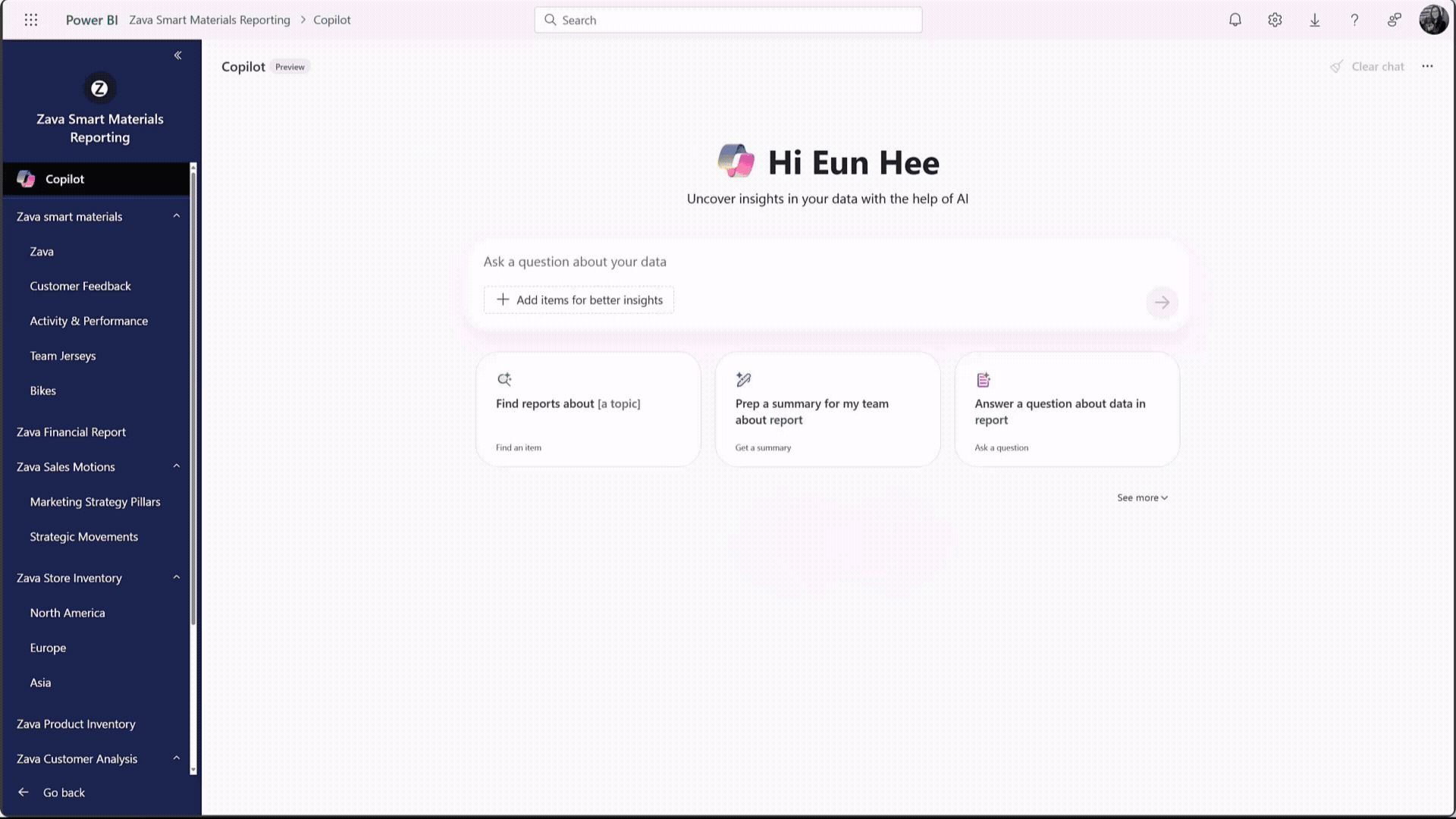As organizations confront mountains of data, the need for scalable and secure analytics has never been greater. Power BI semantic models, built on Microsoft Fabric, are changing the way enterprises turn raw data into actionable insights. They empower business users to perform trusted ad-hoc analysis, maximizing the value of Power BI investments and accelerating the shift toward AI-driven decision making.
The Foundation of Modern Business Intelligence
Power BI semantic models have become the backbone of enterprise analytics, trusted by millions of users and the majority of Fortune 500 companies. Microsoft’s leadership in business intelligence is built on the maturity, scalability, and robust performance of these models. With extensive APIs, support for massive datasets, and a vibrant ecosystem, Power BI has set the standard for semantic modeling in analytics.
Connecting Business and IT
One of the standout strengths of Power BI semantic models is their role as a bridge between business users and IT. Even the most advanced data systems are ineffective if users cannot access or trust the data. By integrating with Microsoft 365 and using familiar business terms, Power BI models provide governed, intuitive access to enterprise data, making analytics approachable for everyone.
Balancing Centralized and Self-Service Analytics
Successful organizations strike a balance between centralized governance for mission-critical data and self-service flexibility for business users. PBI semantic models support both approaches. IT teams can manage important data centrally, while analysts supplement these datasets with their own sources, all without governance risks. This approach encourages collaboration and lowers costs by standardizing analytics practices.
Embracing Openness and Integration
Power BI semantic models play a key role in Microsoft Fabric’s commitment to open standards, supporting Delta Lake and OneLake formats to prevent vendor lock-in. Accessible via XMLA Endpoint, these models connect to many data visualization tools without the need for local data copies. Their programmability stands out, offering REST APIs, Python and .NET support, and Git-friendly formats for streamlined automation.
Simplifying Ad-hoc Analysis
Designed for non-technical users, Power BI semantic models abstract away complexity, presenting business logic and calculations in a user-friendly way. Fast query performance allows for effortless exploration of large datasets, building trust in data-driven decisions. The DAX language enables sophisticated calculations that are challenging to achieve in SQL, further empowering users.
The Strategic Value of a Semantic Layer
Without a mature semantic layer, organizations risk inconsistent reporting and data silos, undermining data culture. Power BI semantic models offer a consistent, governed analytics foundation, integrated with everyday business tools. This consistency ensures reliable answers and strengthens organizational trust in analytics.
Accelerating AI Consumption
Power BI semantic models are uniquely positioned to fuel AI-powered analytics. AI agents can leverage these models for natural language queries, delivering precise, context-aware answers. Large Language Models (LLMs) understand Power BI’s APIs and metadata, enabling scalable, agentic analytics. This positions semantic models as catalysts for widespread, AI-driven data consumption in the enterprise.
Power BI Copilot: Bringing AI Insights to Business Users
With the introduction of Power BI Copilot, organizations can tap into AI-powered insights using existing semantic models and reports. Business users can instruct Copilot to surface critical data and answer frequent questions, making AI-driven analysis accessible through familiar interfaces like chat. This integration highlights the practical value of semantic models in delivering actionable, AI-enabled insights at scale.

The Future of AI-Enabled Analytics
Power BI semantic models are more than technical tools—they are strategic assets that unify data governance, self-service analytics, and AI acceleration. By bridging the gap between IT and business, they enable faster, more consistent, and smarter decisions. As AI continues to reshape data consumption, these models are essential for unlocking the full potential of enterprise analytics.
Ready to Transform Your Business?
Navigating the world of AI, automation, and custom software can be overwhelming. The theory is one thing, but applying it effectively to cut costs, eliminate errors, and free up your team is the real goal. That’s where I come in. My passion is partnering with businesses to demystify these complex tools and build the exact solutions they need to grow.
After two decades in this field, I've guided organizations of all sizes, from agile startups to global enterprises, in developing solutions from enterprise-grade applications to intelligent AI agents. I bring all that hands-on experience to every project. If you're curious about what's possible for your company, book a consultation, and let's talk about turning those possibilities into reality.
If you're curious about how my experience can help you, I'd love to schedule a free consultation.

Source: Microsoft Power BI Updates Blog

Power BI Semantic Models: The Key to AI-Driven Enterprise Analytics